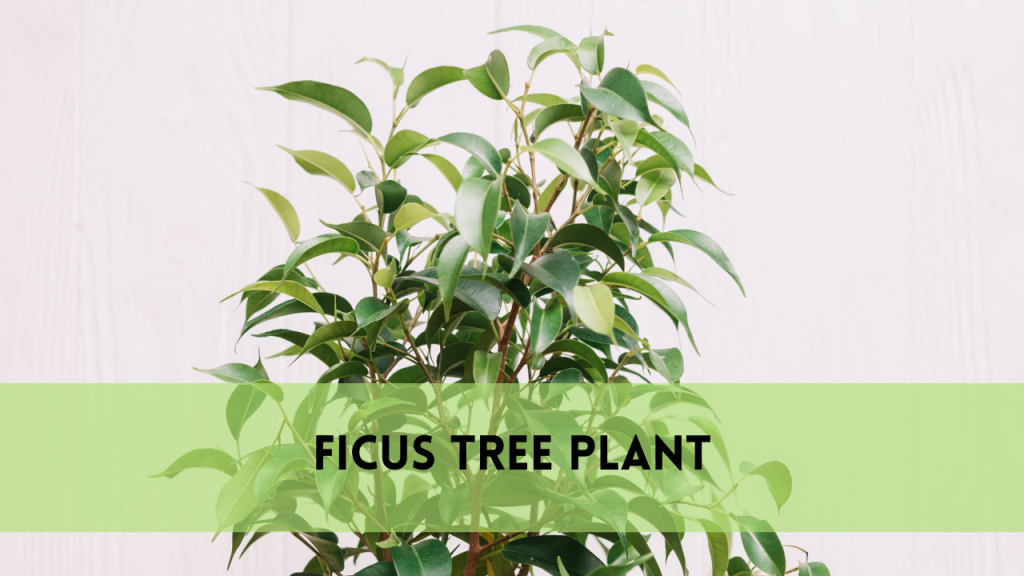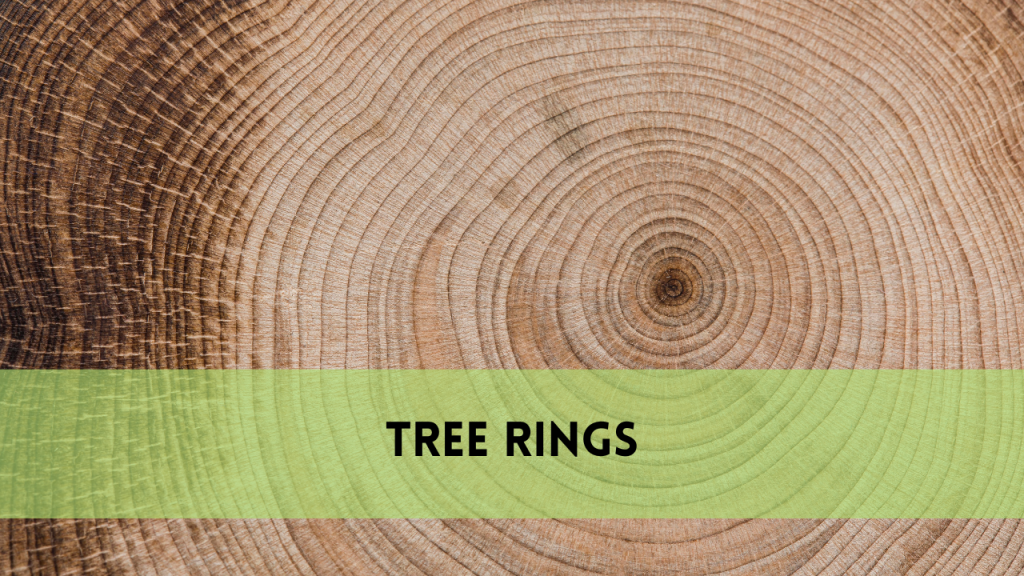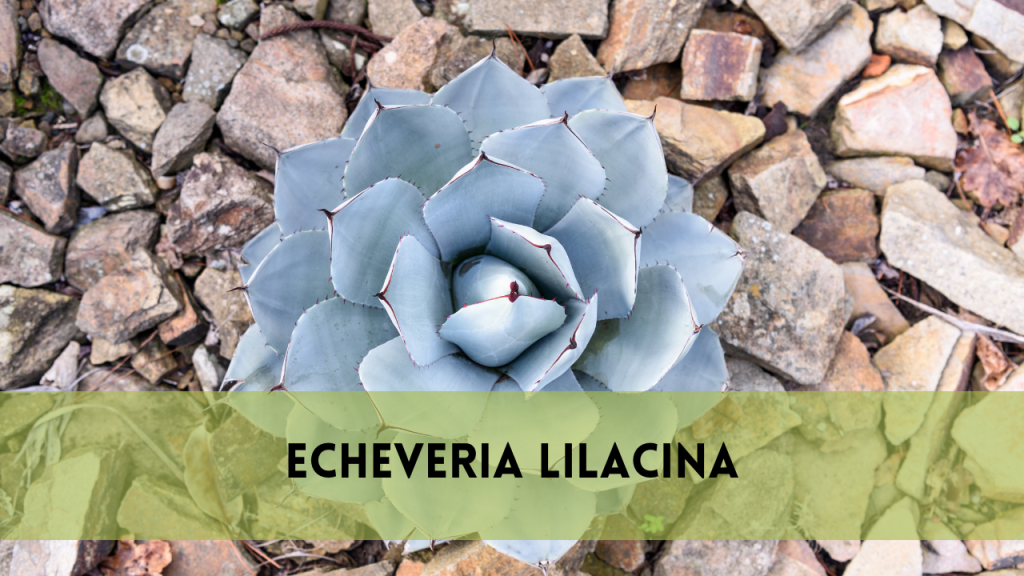Purple Vine Flowers
Take a mesmerizing journey into the magical world of purple vine blooms, where arborist knowledge meets botanical enchantment. In this detailed book, we will delve into the subtle art of producing these vivid blossoms, with a particular emphasis on reaching optimal heights under the watchful eye of experienced arborists.
Purple vine flowers are appealing not only for their stunning colours and delicate blossoms, but also for their propensity to grow to amazing heights. Join us on a trip to discover the secrets to cultivating thriving purple vine blossoms, from the importance of arborist heights to site-specific concerns. Whether you’re a gardener or a professional arborist, this guide provides insightful insights and expert techniques, giving the basis for developing purple vine blooms that stand tall.
The Significance of Planting Purple Vine Flowers
Planting purple vine flowers is more than just adding brilliant colours to your landscape; it’s a celebration of nature’s tenacity and beauty. These blossoms, embellished in deep purple tones, represent creativity, knowledge, and spiritual progress, making them more than just decorative elements.
Beyond their aesthetic value, purple vine blooms have an important role in attracting pollinators, which helps to maintain ecosystem health. Bees and butterflies are drawn to their nectar-rich blooms, which help pollinate neighbouring plants and promote biodiversity. Planting purple vine flowers is important in arborist techniques because of their adaptability. These robust vines give vertical flair to gardens while also providing shade and privacy, resulting in a dynamic and useful environment. Furthermore, their climbing tendencies make them ideal for vertical gardening, which maximizes space while adding a touch of natural elegance to any environment. Planting purple vine flowers not only enhances botanical beauty, but also contributes to the vitality and sustainability of our environment.
Overview of Purple Vine Flowers
Purple vine blossoms, a botanical treat, adorn gardens with their brilliant presence and graceful demeanour. Clematis viticella, a climbing vine, is recognized for its heart-shaped leaves and clusters of rich purple blooms.
Purple vine flowers thrive in a variety of conditions, making them adaptable and durable additions to gardens and landscapes. Their climbing ability allows them to gracefully mount trellises, fences, or arbours, creating a lovely display of interweaving tendrils.
Aside from their aesthetic appeal, these flowers perform an important role in attracting pollinators such as bees and butterflies, which contributes to ecological balance. Purple vine blossoms are popular among both gardening lovers and arborists because of their captivating blend of vibrant colour, graceful growth, and ecological relevance.
Arborist Heights: A Vital Consideration
In the world of developing purple vine blossoms, the concept of arborist heights emerges as a crucial aspect, determining the visual
The history and overall health of these botanical treasures. Arborist heights allude to the deliberate regulation of these vines’ vertical growth, which is a method that mixes science and art. Arborists methodically examine environmental parameters, such as sunshine exposure, soil composition, and climate variations, to find the best heights for purple vine blossoms. The purpose is not only ornamental; it is to ensure that the vines realize their maximum potential, displaying lush foliage and abundant blossoms.Arborist heights are important because they provide a balance between the natural tendencies of purple vine blooms and the intended visual impact. Arborists improve the overall garden design by expertly guiding their climb, resulting in a dynamic and visually appealing environment. Arborist heights are carefully chosen to emphasize the devotion to both plant health and aesthetic vision, resulting in a botanical tapestry that is both beautiful and vital.
Factors Influencing Growth
The vibrant growth of purple vine blooms is a delicate dance impacted by a variety of circumstances that arborists must carefully negotiate. Soil composition is critical, with well-drained, nutrient-rich soils providing the best foundation for strong growth. Another important factor is adequate sunshine exposure, as these vines thrive in areas with plenty of sunlight.
Climate conditions have a considerable impact on purple vine flower growth, with temperature, humidity, and precipitation all influencing their general health. Arborists also stress the necessity of pruning procedures, since regular and strategic trimming promotes bushier growth and increases the brilliance of blooms. Furthermore, the frequency of watering and the type of fertilizer used influence the general health and vitality of the plants. The careful interplay of these factors, guided by arborists’ experience, allows the healthy growth of purple vine blooms, resulting in a flourishing floral show that enhances both the landscape’s beauty and ecology.
Nurturing Purple Vine Flowers
The skill of cultivating purple vine blossoms goes beyond the first planting, necessitating a thorough and sensitive approach from arborists and enthusiasts alike. Regular trimming is recognized as a vital procedure that not only shapes the vines but also promotes optimal growth and bountiful flowers.
Fertilization is necessary for giving the nutrients that these plants require to thrive. Arborists recommend a well-balanced, water-soluble fertilizer during the blooming season to help the general health of purple vine blooms. Strategic irrigation is also essential, delivering continuous hydration without waterlogging, especially during the warmer months.
Understanding the vines’ specific needs, from soil preferences to sunlight requirements, is critical to successful cultivation. Arborists, like caregivers, customize their approach to the individual conditions of each habitat.
Common Challenges
Despite their resilience, purple vine blooms encounter frequent obstacles that arborists and gardeners must address. Pests such as aphids and spider mites are a constant concern, potentially impeding the growth and vitality of these flowers. Implementing organic pest control strategies becomes critical for their wellness.
Adverse weather circumstances, such as high temperatures or unexpected frosts, can also affect the growth of purple vine blooms. Arborists underline the need of monitoring weather forecasts and taking preventative measures as needed.
Soil-related problems, such as nutrient deficiencies or imbalances, might occur, compromising the general health of the plants. Regular soil testing and proper amendments are critical in addressing these issues. Arborists, armed with knowledge and expertise, negotiate these obstacles with precision, ensuring that purple vine blooms not only survive but thrive in the face of hardship, demonstrating their tenacity and adding to the beauty of any botanical setting.
Expert Tips for Arborists
Improve your purple vine flower cultivation with expert advice from seasoned arborists. Precision pruning is an essential activity that promotes bushier growth and ensures an abundance of colourful blooms. Regular pest monitoring is essential; taking preventive measures and using organic remedies protects the health of these flowers.
Arborists emphasize the need to understand each variety’s distinctive requirements and adjust care procedures to their distinct traits. Optimal sunlight exposure is critical, striking a balance between delivering adequate light for growth and protecting against excessive heat.
Furthermore, preserving soil health through regular testing and proper fertilizing promotes strong growth. Arborists propose selective irrigation to minimize soggy circumstances that could damage the roots.
Incorporating these expert tips into your purple vine flower care routine ensures not only visual beauty, but also the durability and vitality of these botanical marvels in your green oasis.
Related Posts:
Pruning and Care for Purple Vine Flowers
Pruning is an important part of caring for purple vine blossoms, since it improves their overall health and appearance. Arborists recommend using a systematic approach, trimming every 4-6 weeks and focusing on removing dead or damaged vegetation. This rigorous method not only keeps the appearance clean, but it also promotes new growth, resulting in a bushier and more robust display.
Paying close attention to vine tendrils while trimming helps guide these plants’ climbing tendency, ensuring they scale trellises or structures in an ordered and visually appealing manner. Using clean, sharp pruning tools relieves stress on the plant and lowers the danger of infection. Overall care requires well-drained, nutrient-rich soil. Regular fertilizing during the growing season promotes vigorous development, while consistent but not excessive watering maintains appropriate moisture levels without waterlogging. Arborists and enthusiasts can cultivate blooming purple vines by combining precision pruning and considerate care procedures, resulting in a botanical spectacle that is both beautiful and vital.
FAQS
How tall can purple vine blooms grow under ideal conditions?
Purple vine blossoms can reach astonishing heights of up to 12 feet when given the proper circumstances and competent arborist care.
What is the optimum soil pH for growing healthy purple vine flowers?
Arborists recommend that the soil pH be slightly acidic to neutral (6.0-7.0) for maximum growth and blooming.
How often should pruning be done to promote lush foliage and bright blooms?.
Pruning on a regular basis, ideally every 4-6 weeks, stimulates bushier growth and ensures that brilliant flowers are consistently produced.
Can purple vine flowers thrive inside, and what are the main considerations?
Yes, with correct care and attention to light and humidity, purple vine blossoms can thrive indoors, growing to heights of 6-8 feet.
What are the various pests that can disrupt the growth of purple vine blooms, and how can they be controlled?
Arborists warn about aphids and spider mites, two common parasites that can stunt purple vine flower growth. Organic pest control strategies are recommended.
Conclusion
As we conclude this detailed introduction to purple vine blossoms, it becomes clear that nurturing these botanical treasures is more than just a horticultural endeavour; it is a voyage of artistry and care. From careful consideration of arborist heights to the delicate balance of trimming and nurturing, every detail contributes to the tapestry of these vivid blooms. Arborists, like stewards of nature, play an important role in guiding the growth of purple vine blooms, ensuring they reach their maximum potential in terms of height and beauty. They use their skills to overcome common difficulties and implement professional advice, weaving stories of resilience and thriving life into gardens and landscapes. Embrace the thrill of growing purple vine flowers, where each tendril and blossom tells a story of hard work, care, and the beautiful beauty that nature provides. As you begin your botanical adventure, may the thoughts given here serve as a guide, creating an environment in which purple vine blooms thrive in splendour and grace.



